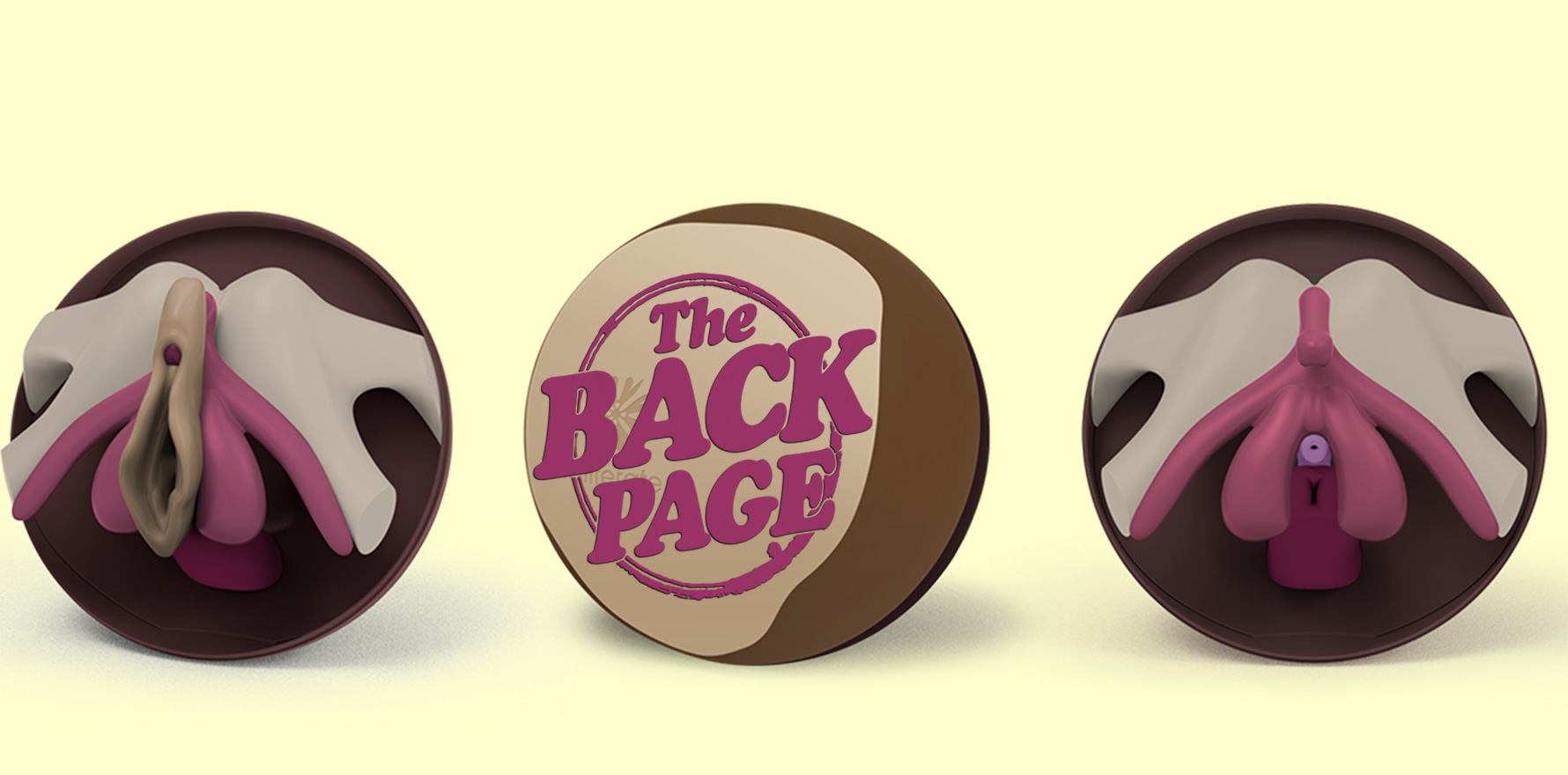It beats the hell out of a quick show and tell behind the bike sheds.
Back in my day – look at that, I just became my mother – sex education was a bit hit and miss, to be honest.
I learned most of it from my peers at primary school with a couple of awkward but mercifully quick conversations with my mother in the car, sitting in the driveway after the journey home from school. She didn’t quite get the timing right (I knew most of it), and she managed to leave out a couple of key facts.
For example, she failed to mention that a period lasted more than a day. That was also the first time I uttered the immortal phrase “for fuck’s sake” within hearing range – but not arm’s reach, I’m not an idiot – of one of my parents.
The fabulous books by Peter Mayle (he of A Year in Provence, incongruously enough) – Where did I come from? (1973) And What’s happening to me? (1975) – were a big help, and there was a film showing organised by the school. Unfortunately it was held in the same venue where I made my stage debut in the grade 2 choir singing “I can sing a rainbow”. Sadly, I was struck dumb and didn’t utter a word, the trauma of which obliterated anything I could possibly have gleaned from that film.
We live in a different world now, of course. Kids can find plenty of sex – educational or otherwise – just by turning on their smartphone, so it’s a wonder there’s any mystery left at all by the time they hit puberty.
So it came as a bit of shock to me that the good people at RMIT University found it necessary to develop a new teaching aid – an anatomically accurate, pull-apart model of the vulva called, wait for it, Cliterate.
Cliterate is an educational tool for healthcare professionals and educators that pulls apart to show the relationship between the vulva, clitoris and pelvis.
Lead designer and RMIT design school senior lecturer Dr Judith Glover says Cliterate addresses the lack of accessible and accurate educational resources available on the vulva.
“One of the issues with existing anatomical models is you get everything – nerves, muscles ligaments,” she says.
“But you can’t pick and choose which aspect of the model to focus on that’s relevant to a client. They also don’t show the relationship between different parts of the genitals.”
Cliterate founder and occupational therapist Anita Brown-Major used puppets of the vulva to teach clients about their genitals before she created Cliterate.
“While my puppets have been really useful, they’re not anatomically correct,” said Ms Brown-Major. “But anatomically correct models currently available are not user-friendly, and I needed something that was accurate but could also be touched, pulled apart and simplified.”
Working closely with Ms Brown-Major, Dr Glover and RMIT, industrial design graduates Charlie Richardson and Cara Jordan-Miller poured through decades of medical research and anatomical images to create computer-aided designs of Cliterate, which was 3D printed then manufactured by Pete Hvala from X-Product.
“Having a tool that can be pulled apart is important from an accessibility perspective. If someone has an intellectual disability, you need a model that is simple but accurate,” said Dr Glover, who is also designing sex toys for people with disability with another research client.
“For too long these issues have been taboo and we need to treat devices for sexual practice and sex ed the same as designing for any other devices – built on good quality research and design methods.”
Dr Glover and Ms Brown-Major want to take the stigma away from genital education and hope Cliterate can create a space for comfortable conversations about our bodies.
“Our bodies and our genitals are a fact of life – none of it should have any taboos on it at all,” said Dr Glover.
Cliterate is available to pre-order now and will be ready to launch late this month.
Good on them. It would have absolutely blown my 11-year-old mind, and probably saved me a lot of time and angst.
I highly recommend the website – click on “explore the model” for an interactive demonstration of how it works.
Send full-scale anatomically accurate story tips to penny@medicalrepublic.com.au.


